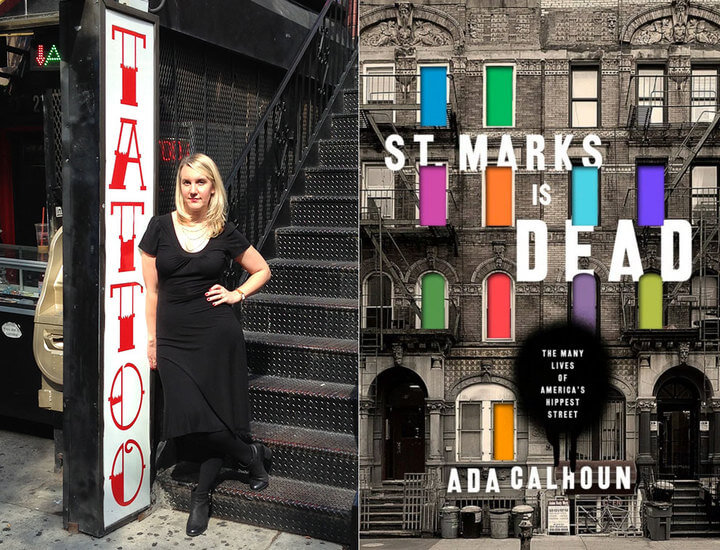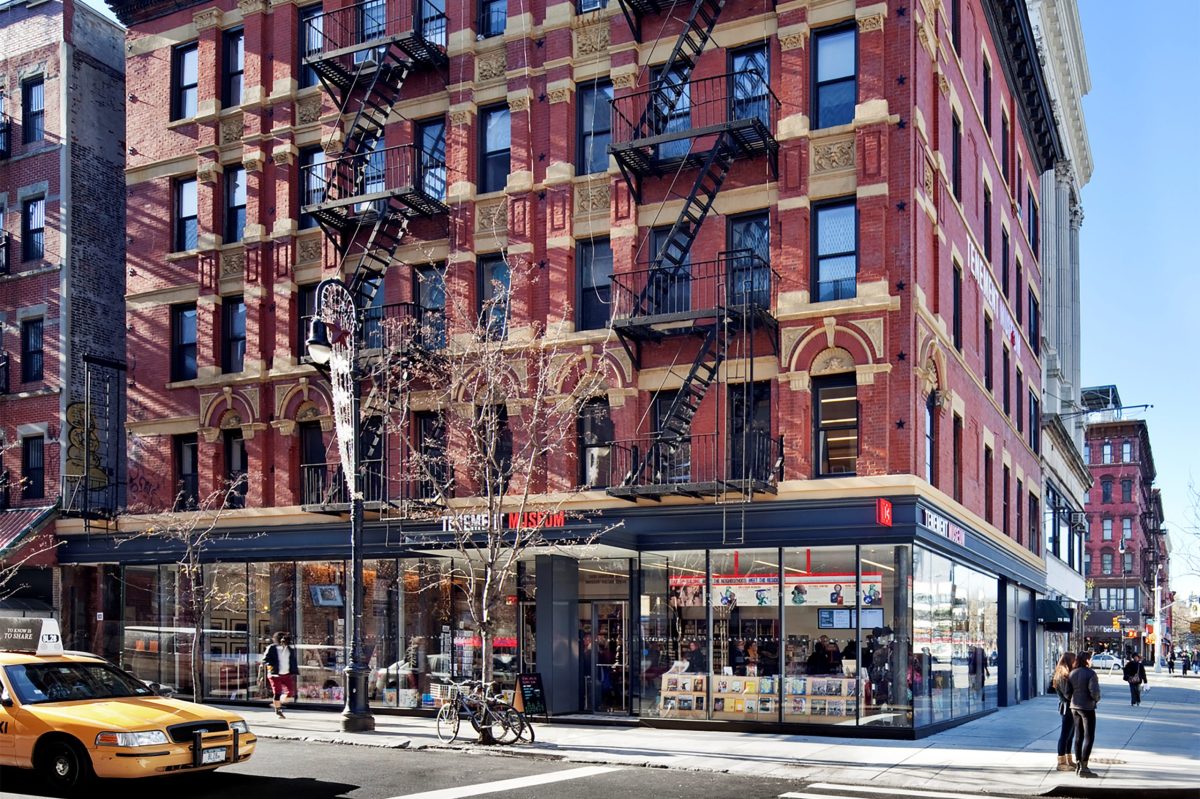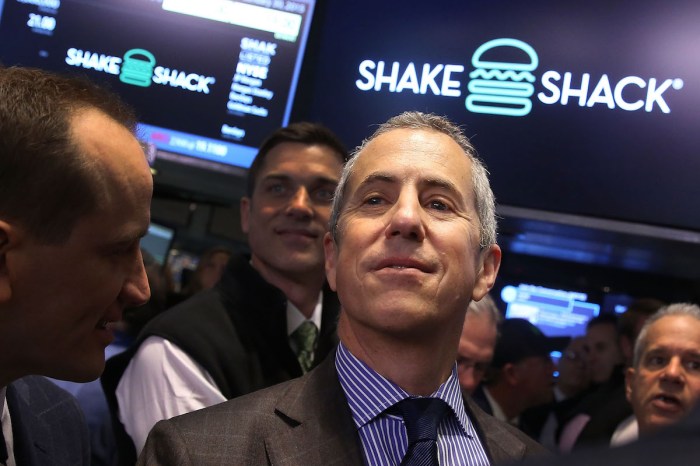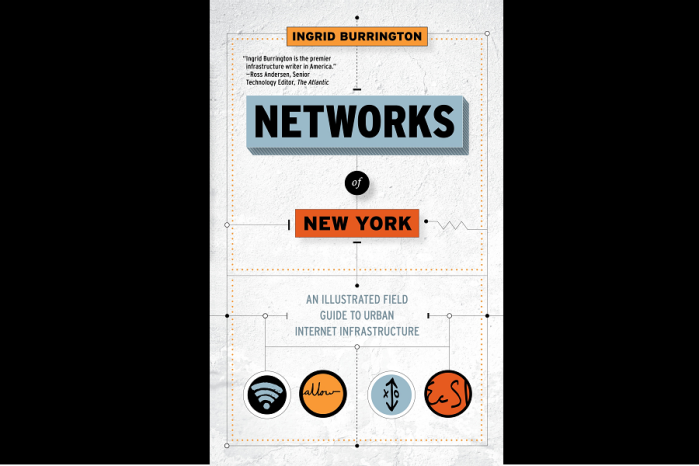When people talk about the three-block strip that is St. Marks Place, it’s often with a “there goes the neighborhood” sigh, nostalgic for the beatnik days in the ‘60s and rock ‘n’ roll days in the 1970s. But Ada Calhoun’s new book, “St. Marks Is Dead,” which tells the history of the street from the 1600s to now, shows that people have always had the feeling that it was “better before.” Related: 3 books that totally get NYC living
What’s next for St. Marks Place?

Provided
“There’s a narrative people are pushing that it was all good before and it is all bad now,” Calhoun, who was born on St. Marks in 1976 tells us. “What was interesting to me is how the different groups ran up against each other. Basically everyone who came in ruined someone else’s experience of the street.”
An epicenter for counter culture
Calhoun spent four years interviewing over 200 people for her book and intensely studying how the street has changed century by century and decade by decade.“I don’t think there is any other place in New York that has seen as many changes as St. Marks,” she says.
One constant that seems to have stayed the same for St. Marks, at least since the 1950s, is that it has been a magnet for young adults wanting to experience counter culture.“I think each generation will bring its own youth culture there,” she says on what she thinks St. Marks next phase will be.
“Right now, I see a lot of Korean and Japanese teenagers. I’m not sure what they will contribute to the history books, but I think it will be something. So when I hear people talk about, ‘oh these kids with their karaoke bars and yakitori,’ surely they aren’t contributing nothing. I don’t like to bet against young people.”
The spirit animal of St. Marks Place
As for who she thinks the icons of St. Marks are today, she has a few front-runners. She calls Trash and Vaudeville manager Jimmy Webb the “spirit animal of St. Marks Place,” having seen the street through many incarnations. “He’s pals with Iggy Pop and was also homeless and living in Tomkins Square Park, [before getting sober],” she says.
Another one she names is Arnie Weinberg, who is often seen standing on St. Marks with his dog. “He started out living in a boys juvenile home and then he started working for this guy next door who he ended up inheriting a multi-million dollar building from,” she says.
Chipotle, 7-11 and soaring rent
As more mom and pop stores close in the East Village — and New York in general — giving way to chain stores, rent surely has played into the change of St. Marks, but Calhoun says not as much as you would expect — even though there is now a Chipotle and 7-11 on the street.
“The rent prices have made it much harder for younger people and people not working real jobs to live there and there is a loss of mom and pop stores. But one thing about St. Marks Place is that the people who hang out there almost never live there,” she says. “It’s always been a place for people to stand around and then leave and they will continue to do that because you don’t have to pay rent to stand on the sidewalks.”
Follow Emily on Twitter: @EmLaurence


















